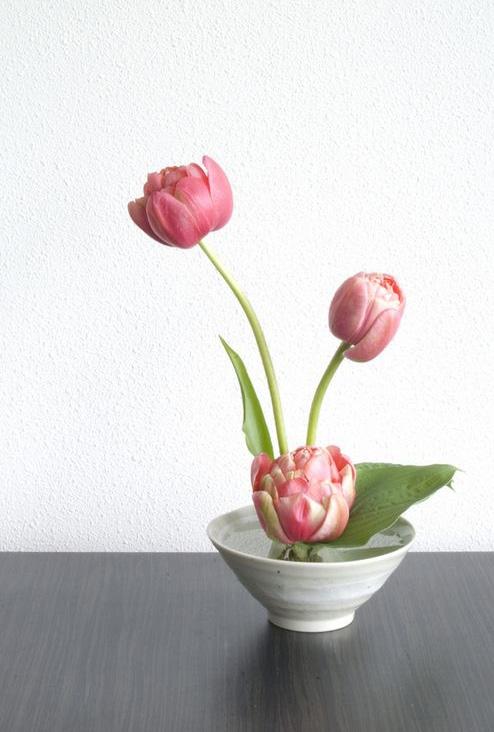
1 minute read
Ikebana
The Japanese acquire a reputation for their meticulousness and sophistication. Perhaps that is also the reason why their traditional art of flower arranging Ikebana has been considered the standard of beauty.
Flowers have long appeared and are too familiar with our lives. Every day we can see bouquets and arrange beautiful vases. However, few people pay attention to the meaning of the flowers we arrange. As for the Japanese, flowers carry an important meaning and creativity.



The Japanese are famous for the art of flower arranging in the world. They focus mainly on the lines and harmony of the flowers. The art of Ikebana is commonly known as Kadou - Flower Way. This art form has appeared for more than 600 years in Japan and is one of the most famous traditional art forms globally. The basic principle of the art of flower arranging Ikebana is to symbolize Heaven - Earth, and Humanity. The artist who studies the art of Ikebana must be able to show the harmony of those three elements.
Principles of Shape and Color
In Ikebana, choosing the shape and color of flowers and natural materials is very important. These principles are often based on balance and contrast between different elements in the bouquet, such as size, shape, color, and brightness. Usually, artists opt for flowers as the centerpiece, combined with other kinds of flowers to create a beautiful and balanced bouquet.
Principles of Space and Balance
Ikebana is not just about arranging flowers and natural materials into a bouquet but also requires the florist to be able to use the space delicately. Florists need to consider the position of each type of flower and material in the space in order to create balance and harmony. In addition, the florist also needs to consider the use of spatial elements to create contrast for the bouquet.
Principle of Minimalism
In Ikebana, florists often focus on creating simplicity and minimalism in the bouquet. The florist will use only a few necessary flowers and materials so that they can create a beautiful and balanced bouquet without making it too complicated. The minimalism in Ikebana also reflects the Japanese spirit of focusing on the basics, minimalism, and simplicity in life.










